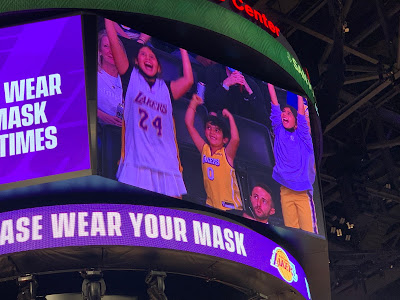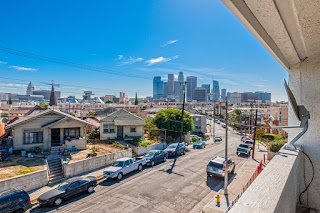The tapestry of NBA history is richly embroidered with tales of rivalry, but few threads run as deep as those involving the Los Angeles Lakers. Established in 1947, the Lakers have been part of numerous epoch-defining conflicts on the court, with their battles against the Boston Celtics and the Los Angeles Clippers standing out prominently.
The Lakers-Celtics rivalry is not just a clash of teams but a duel of dynasties. Since their first Finals confrontation in 1959, these two storied franchises have met in the championship round a record 12 times, with the Celtics having the upper hand initially but the Lakers closing the gap over time. The rivalry reached a boiling point during the 1980s, a golden era for the NBA, where the likes of Magic Johnson and Larry Bird became the embodiments of this fierce competition.
One cannot talk about this rivalry without recalling the 1984 NBA Finals, where a seven-game series showcased basketball at its finest and fiercest. The Celtics emerged victorious, but the Lakers retaliated by clinching the title in the subsequent year, signaling the back-and-forth nature of this rivalry. These clashes weren’t just a sporting spectacle but a cultural phenomenon, transcending the realm of basketball and reflecting the contrasting ethos of the East and West Coasts.
While the Celtics rivalry has a nostalgic aura, the Lakers' feud with their city-mates, the Los Angeles Clippers, is a more recent but rapidly intensifying one. The rivalry, dubbed "The Battle of LA," got a significant boost in the 2019-2020 season when the Clippers acquired Kawhi Leonard and Paul George, marking their intent to challenge the Lakers’ hegemony in the city. The Lakers, helmed by LeBron James and Anthony Davis, were not to be outdone, setting the stage for some electrifying encounters.
The 2020 NBA bubble saw the rivalry reach new heights, with both teams considered strong contenders for the championship. Although they didn’t meet in the playoffs as anticipated, the regular-season games were a spectacle, displaying a blend of skill, strategy, and sheer will. The rivalry injected a fresh dose of intrigue into the NBA, with the spotlight firmly back on Los Angeles as the epicenter of basketball drama.
The impact of these rivalries on the NBA landscape is monumental. The Lakers-Celtics feud helped popularize the league during the 1980s, a critical period of growth for the NBA. Their confrontations were more than just games; they were narratives full of heroes, villains, and unforgettable moments that are etched in the annals of sports history.
On the other hand, the Lakers-Clippers rivalry represents the modern era of the NBA, where player movements and team formations are highly dynamic. It's a testament to the ever-evolving nature of the league and the ceaseless quest for city supremacy and, by extension, league dominance.
Moreover, these rivalries have often been a mirror to societal and cultural shifts, portraying the ever-evolving American narrative through the lens of a basketball rivalry. Whether it's the blue-collar ethos of Boston versus the showbiz dazzle of Los Angeles during the Lakers-Celtics face-offs or the battle for the heart of LA in the Lakers-Clippers duels, these rivalries go beyond the hardwood.
The echoes of these rivalries reverberate through the NBA’s history, defining legacies, and continuing to shape the narrative of the league. They embody the essence of competition, the quest for glory, and the unyielding spirit that defines the sport of basketball. Through every jump shot, every block, and every fast break, the saga of the Lakers' rivalries unfolds, enriching the NBA's lore with tales of valor, vengeance, and victory.
Each chapter of these rivalries not only narrates a story of athletic endeavor but also crafts the identity of the Los Angeles Lakers, cementing their place as a cornerstone franchise in the NBA. As the Lakers continue to forge ahead, the memories of these historic rivalries serve as a reminder of the rich legacy and the unyielding battles that have shaped the ethos of this illustrious franchise.
.jpg)





